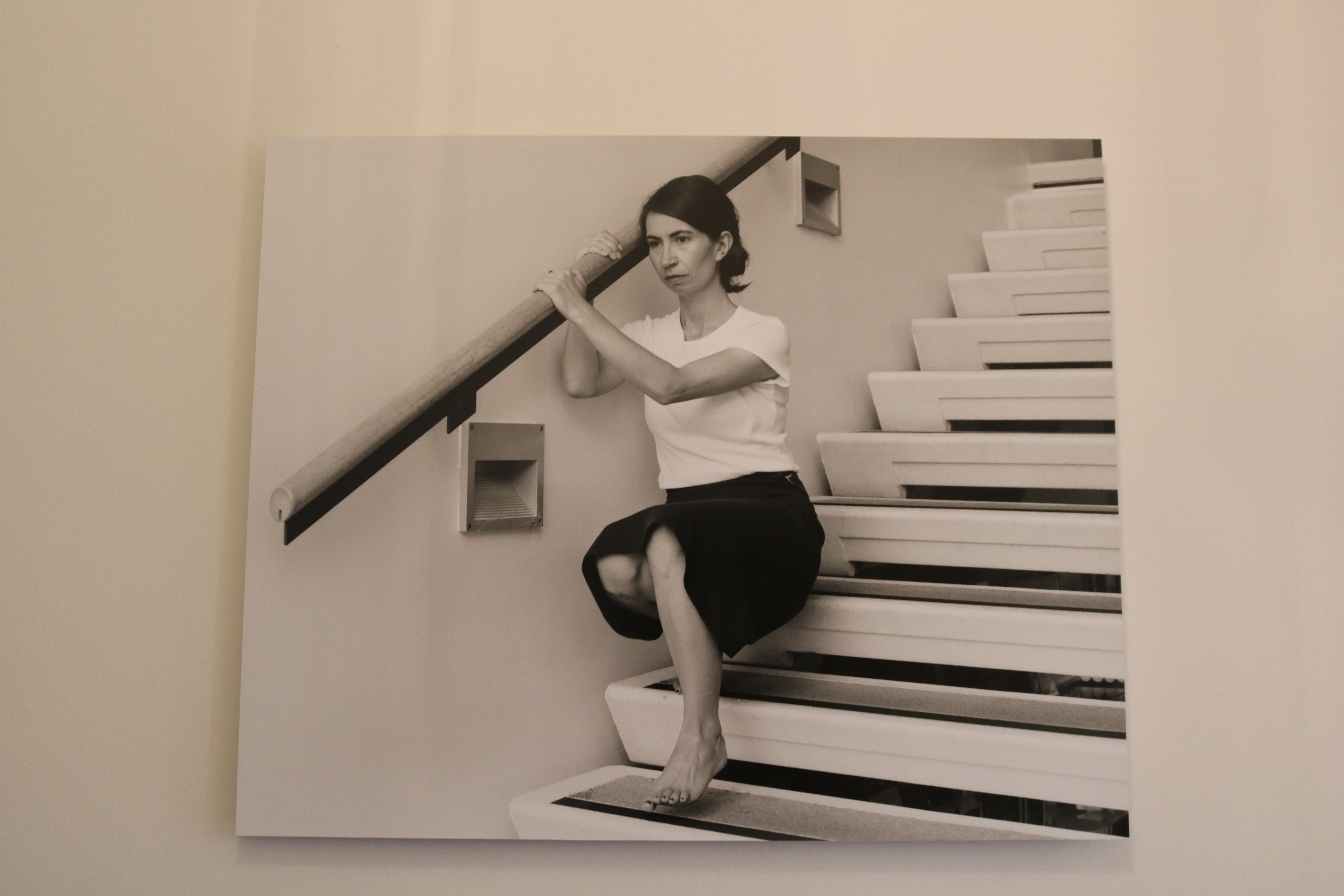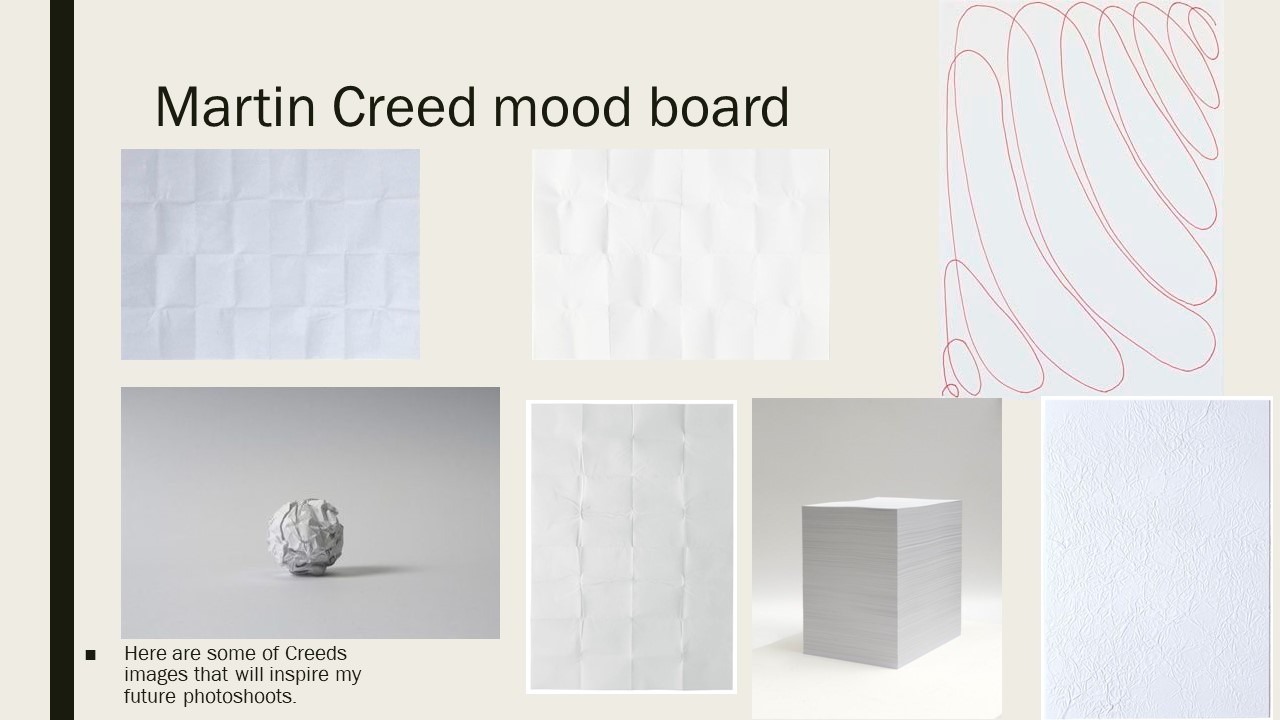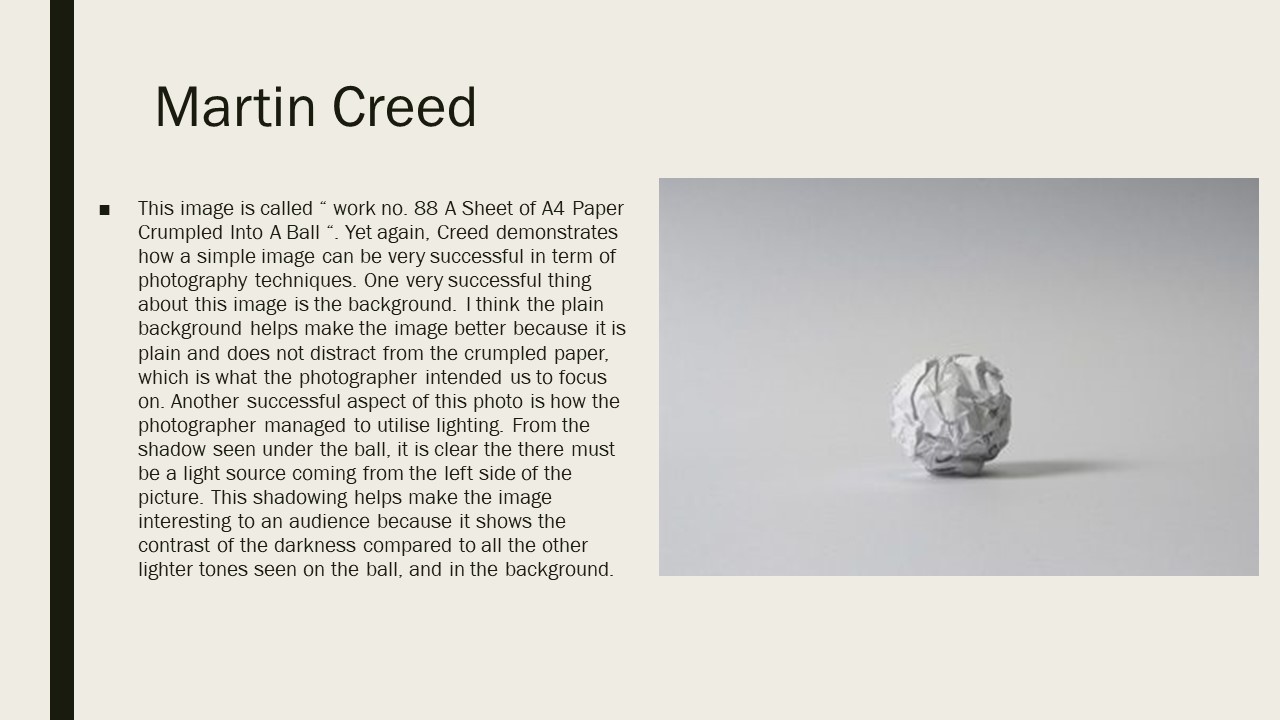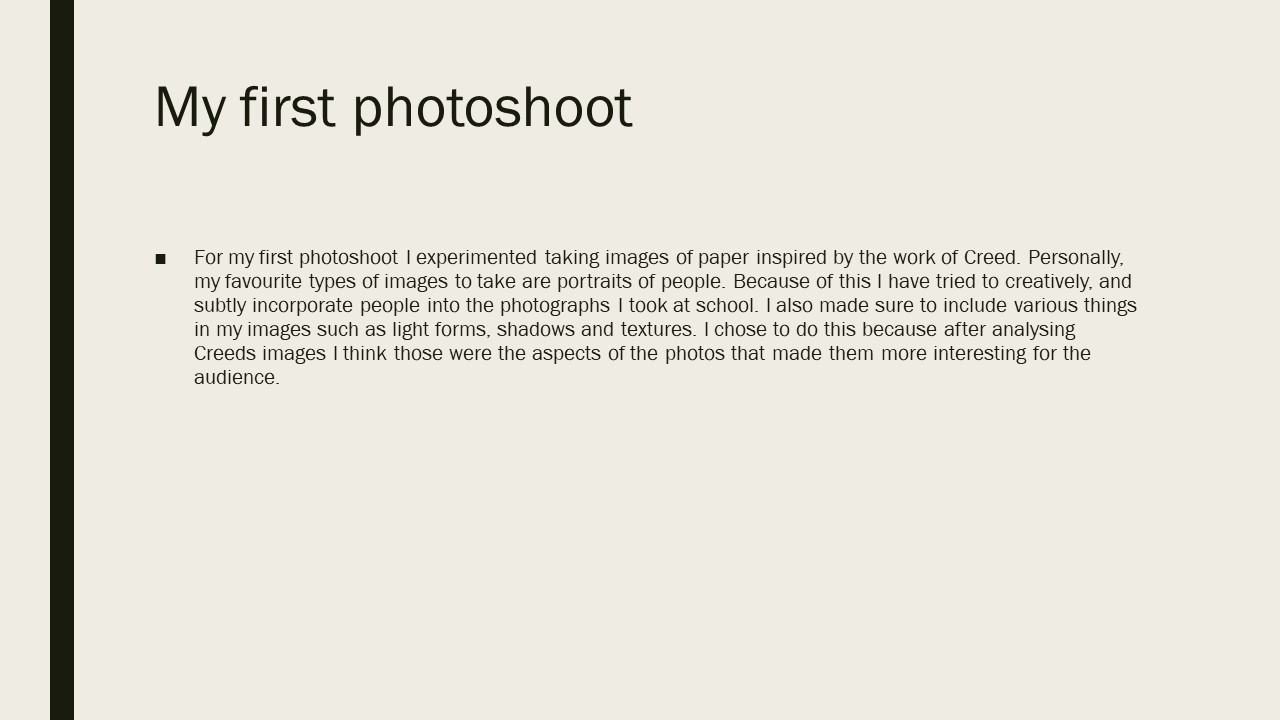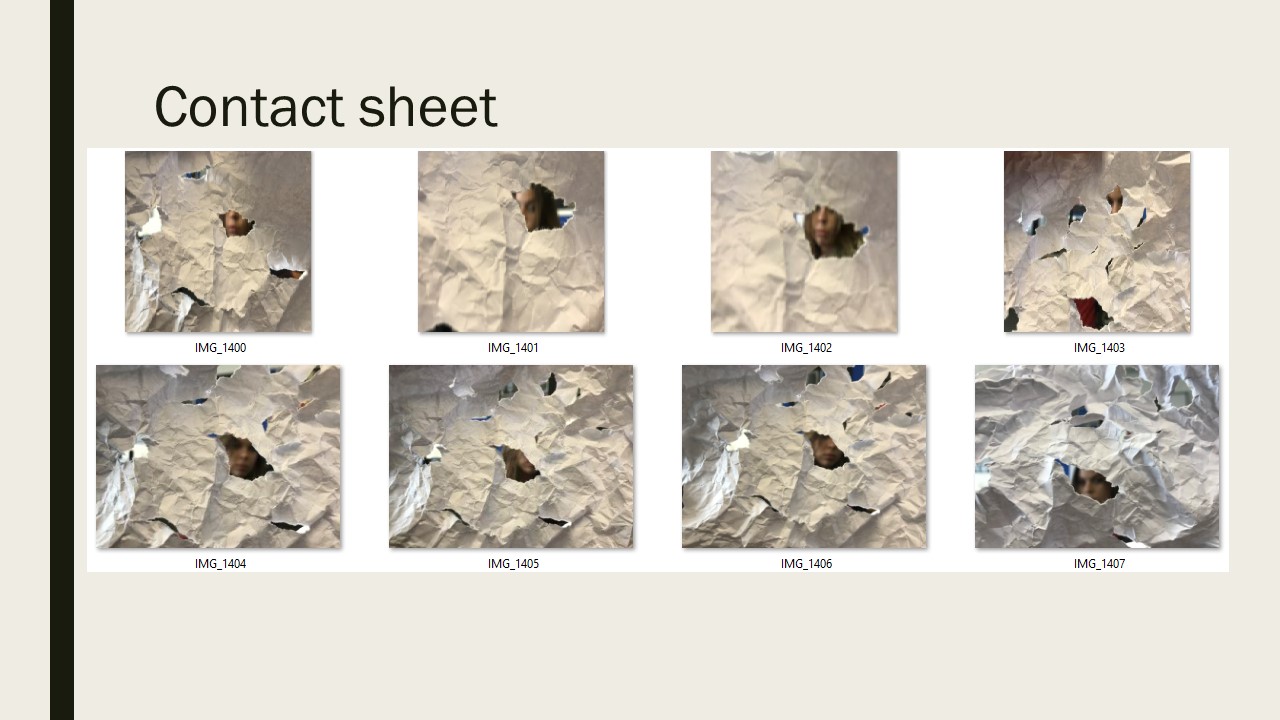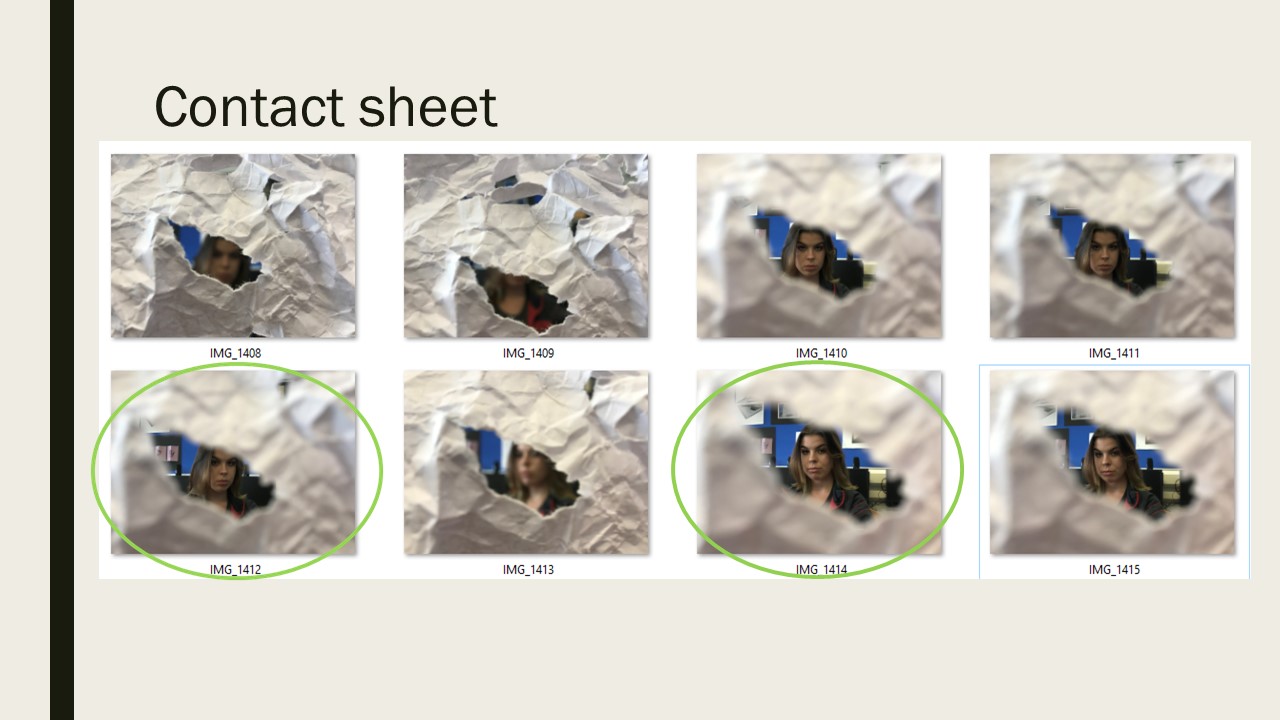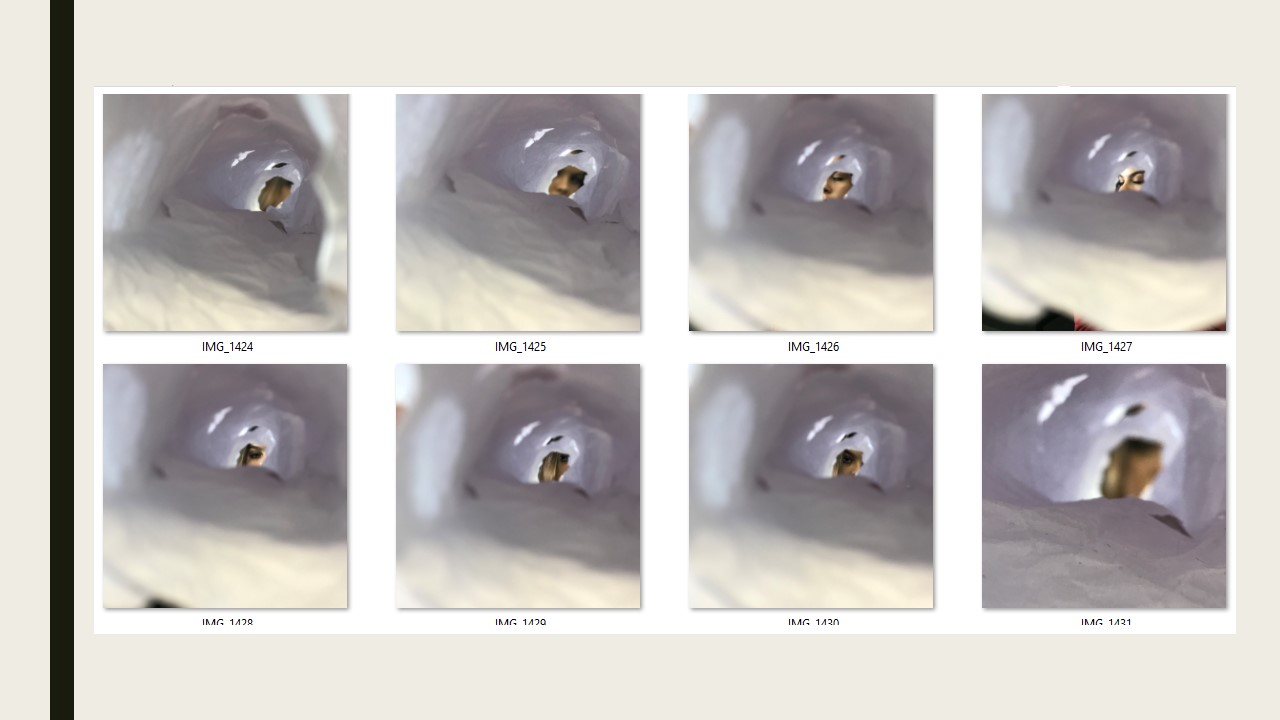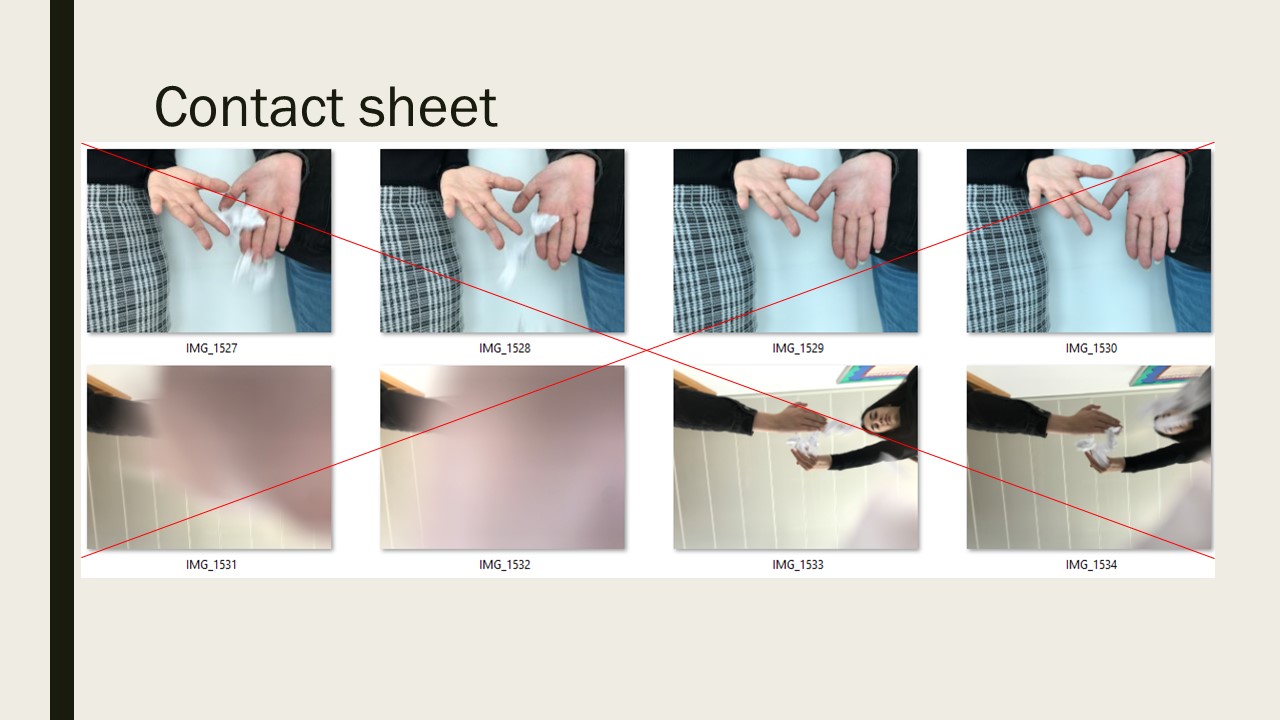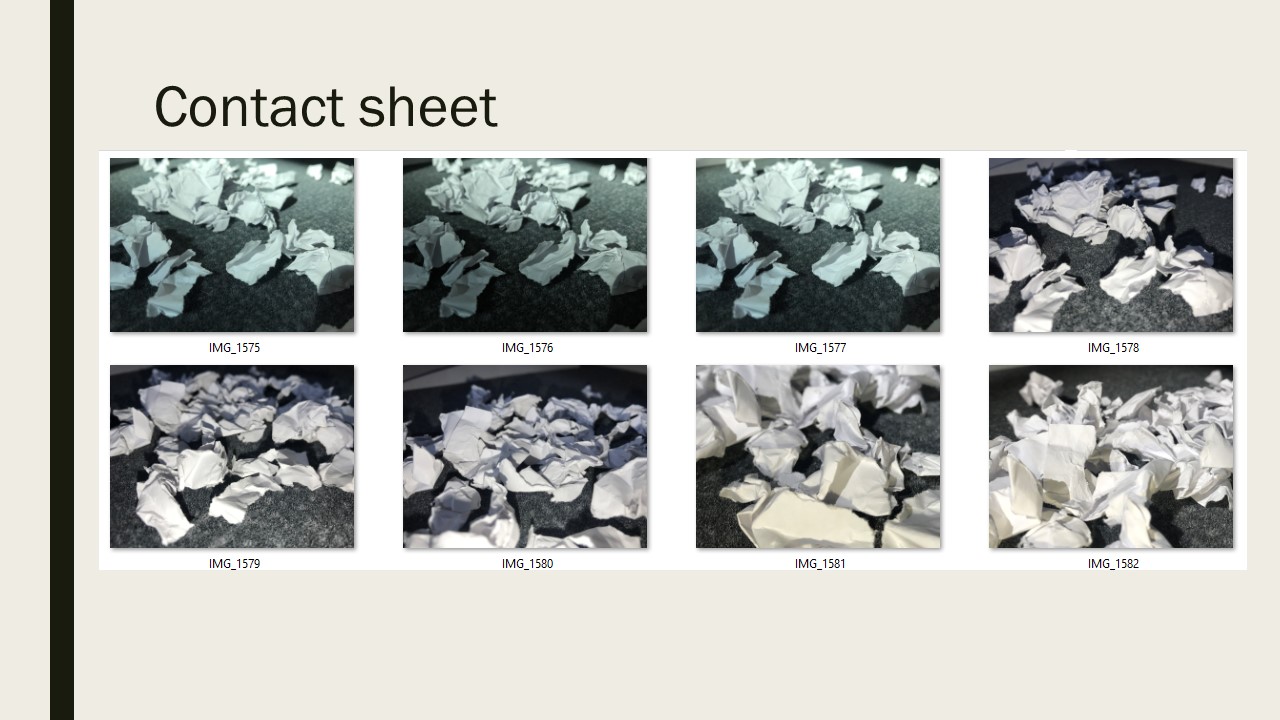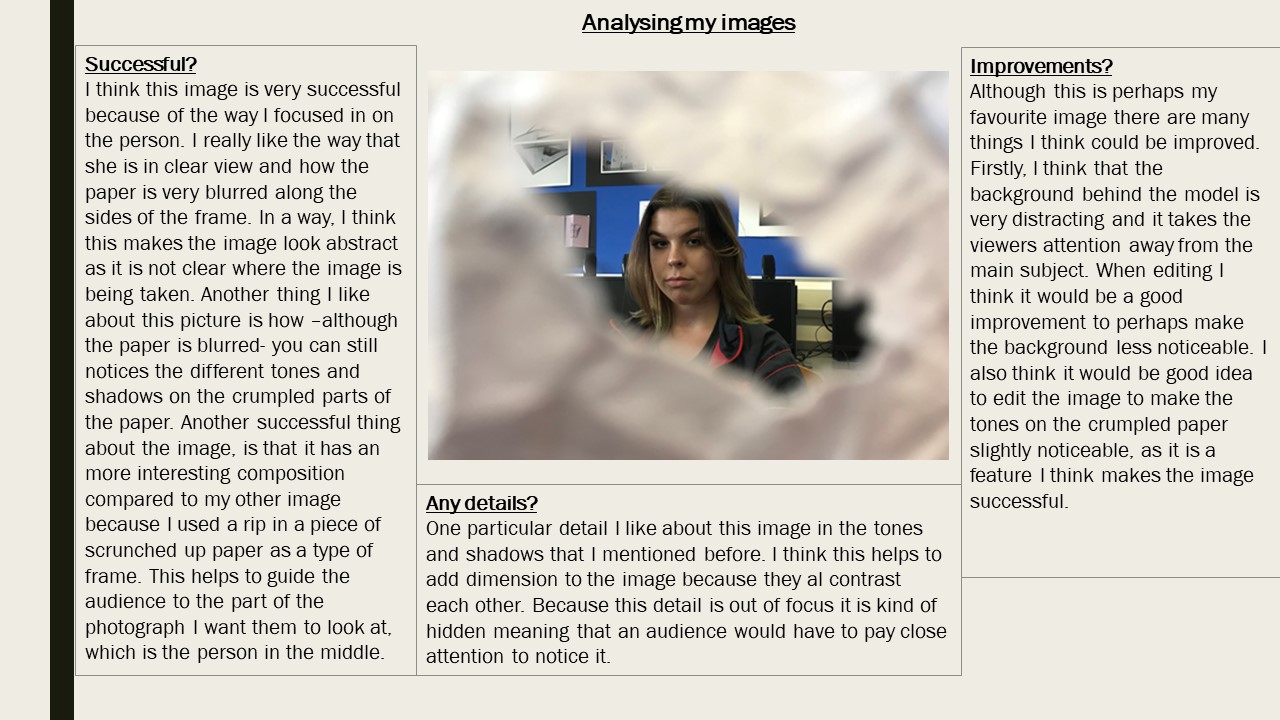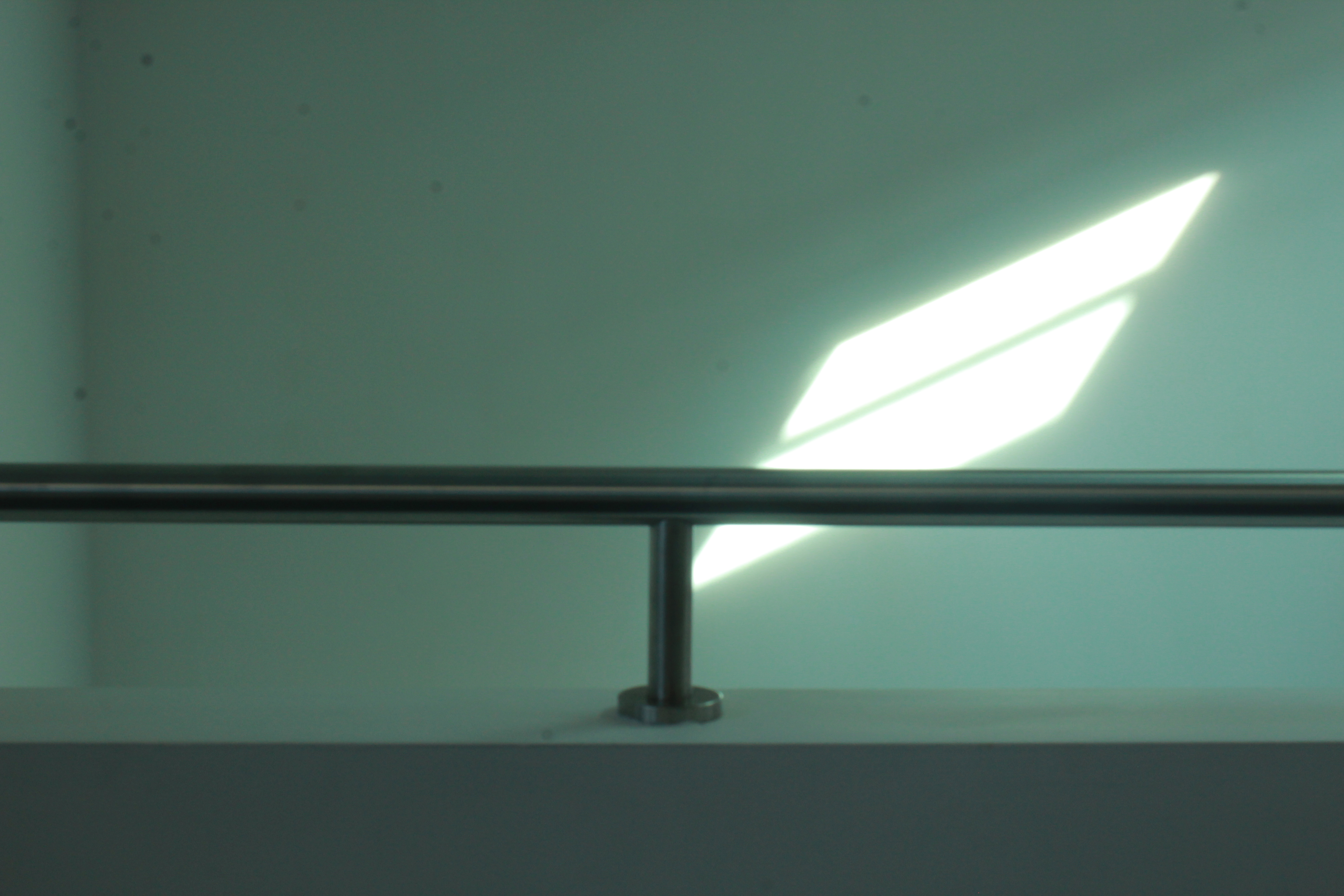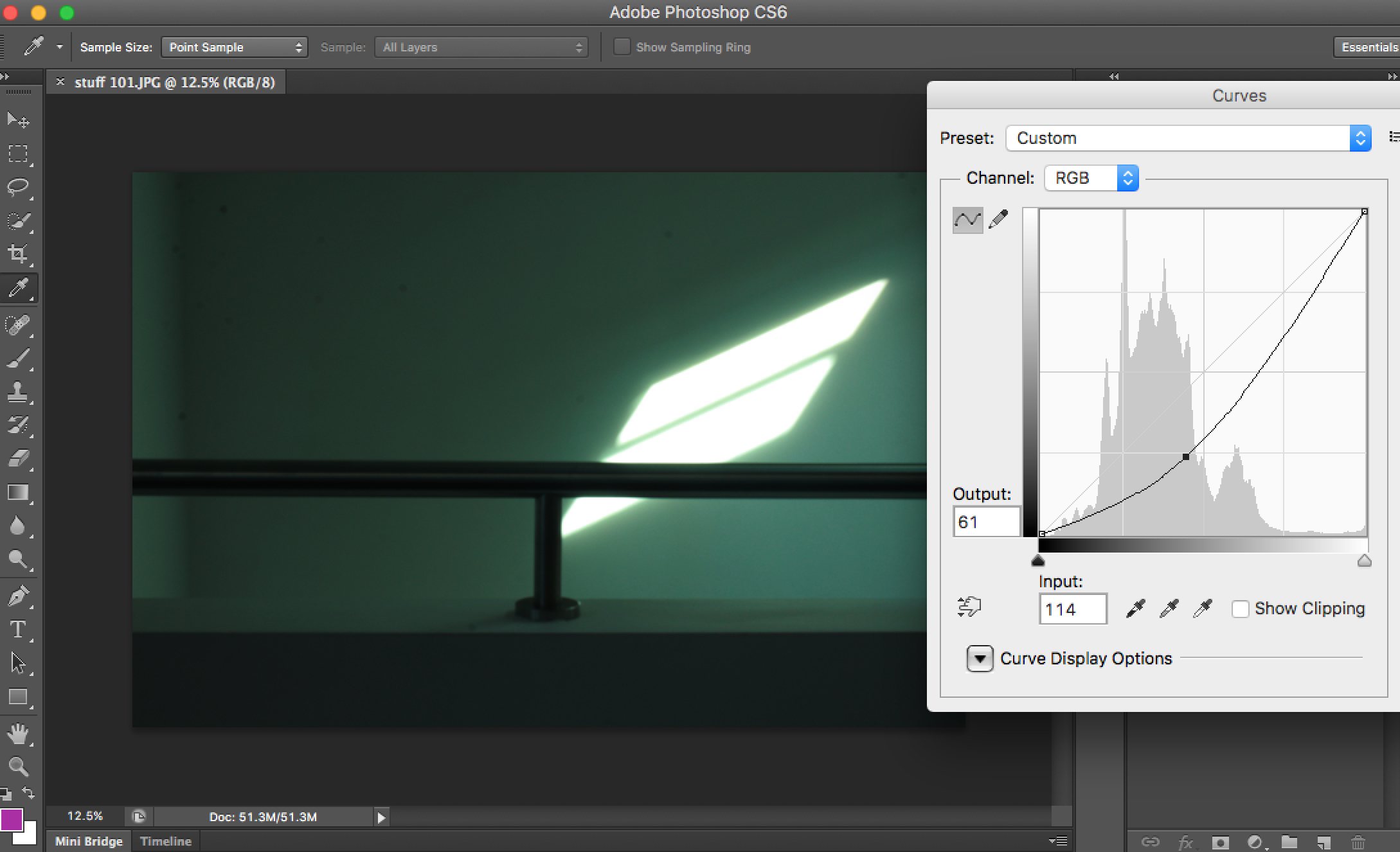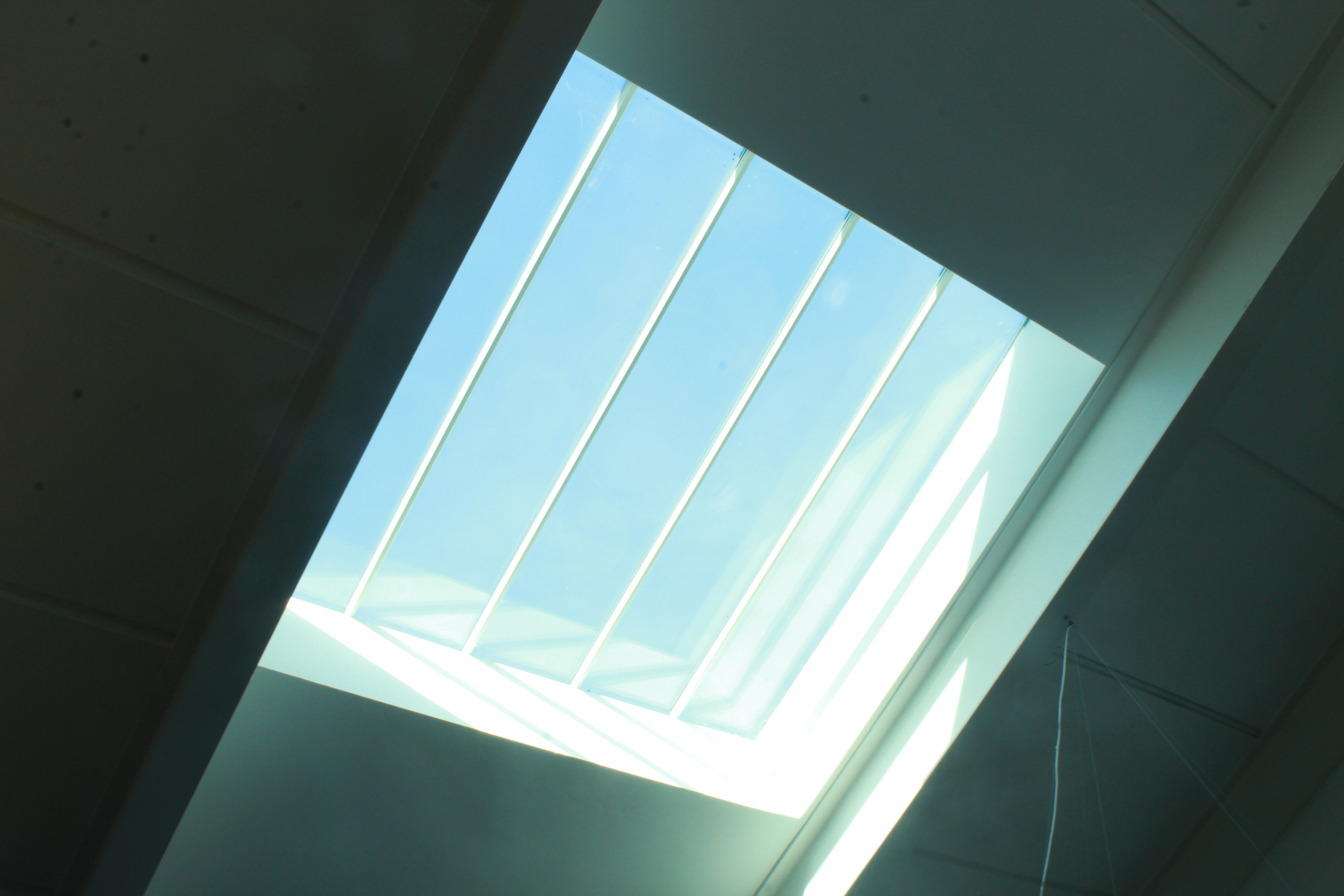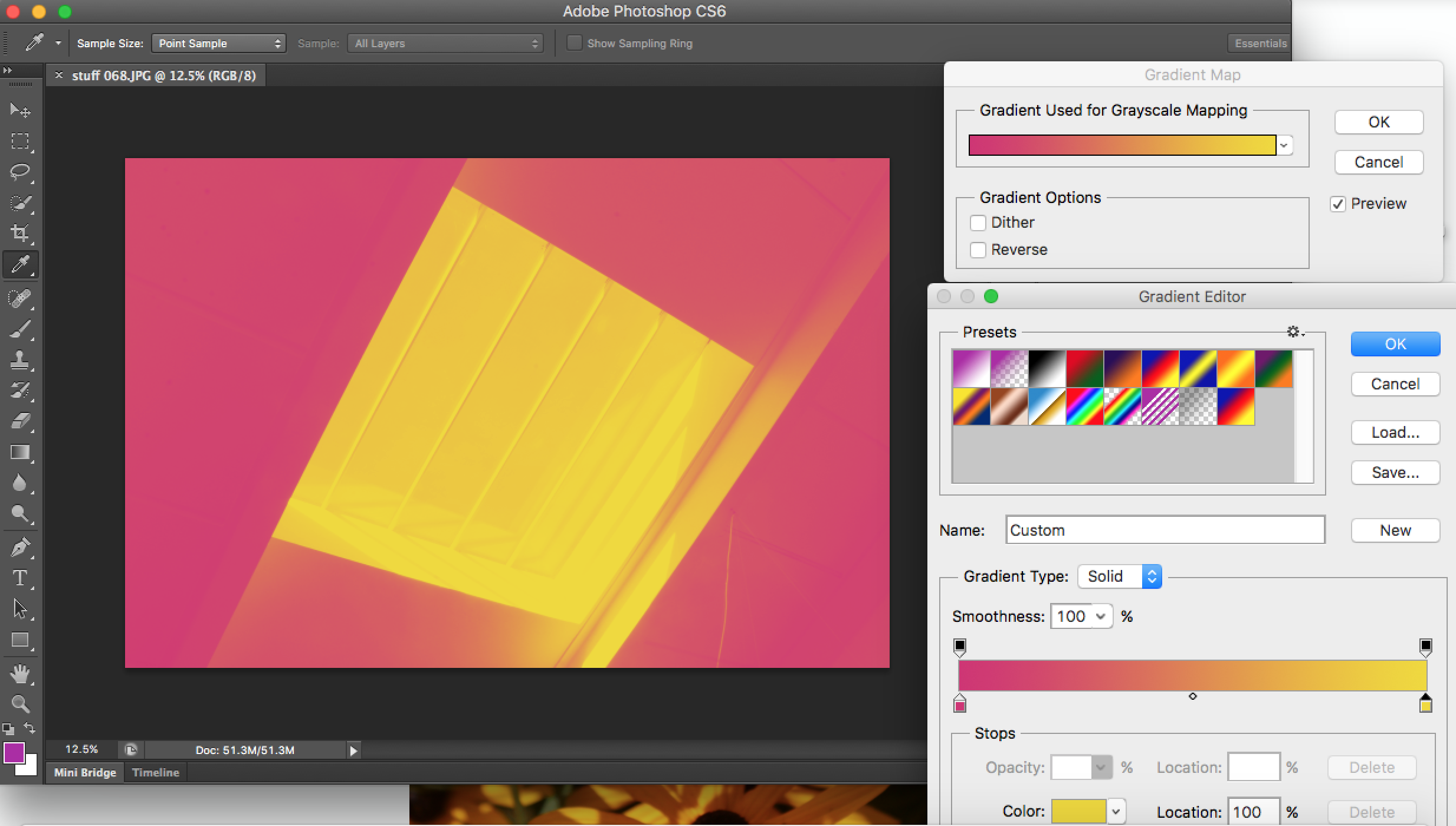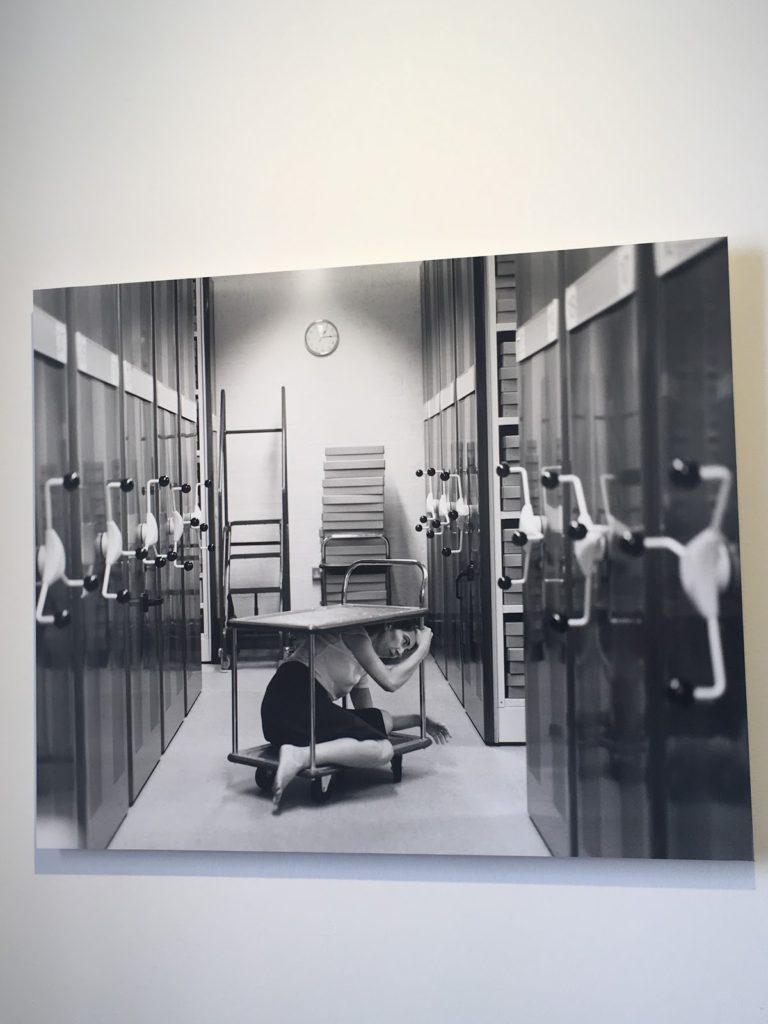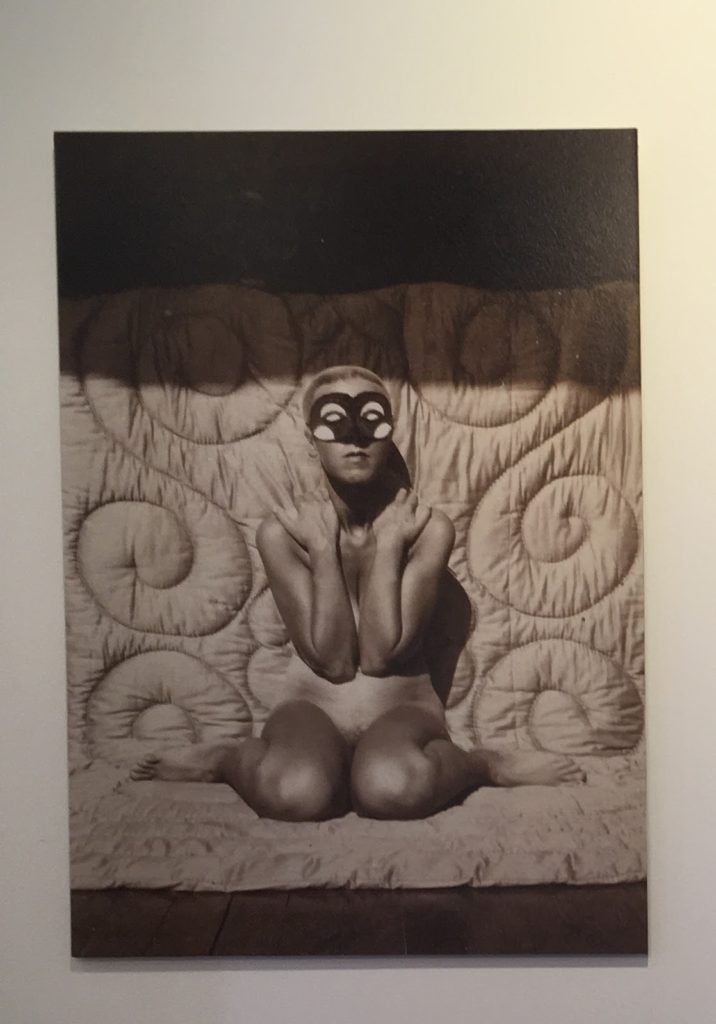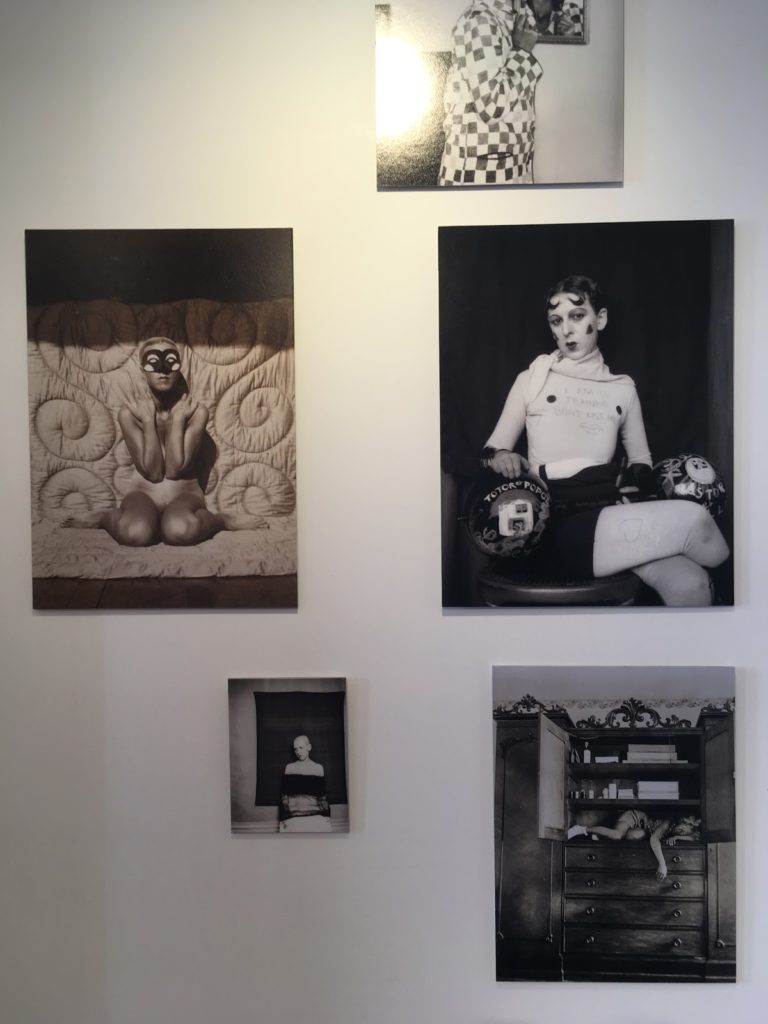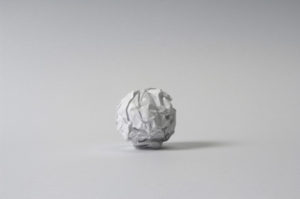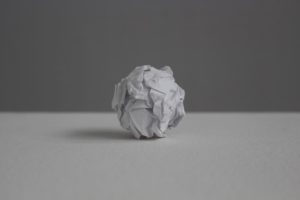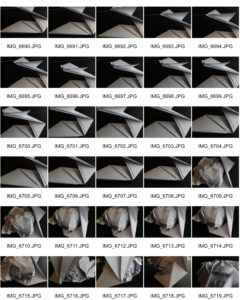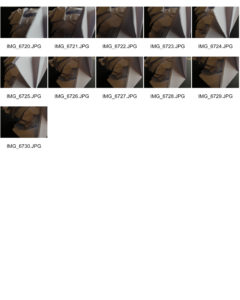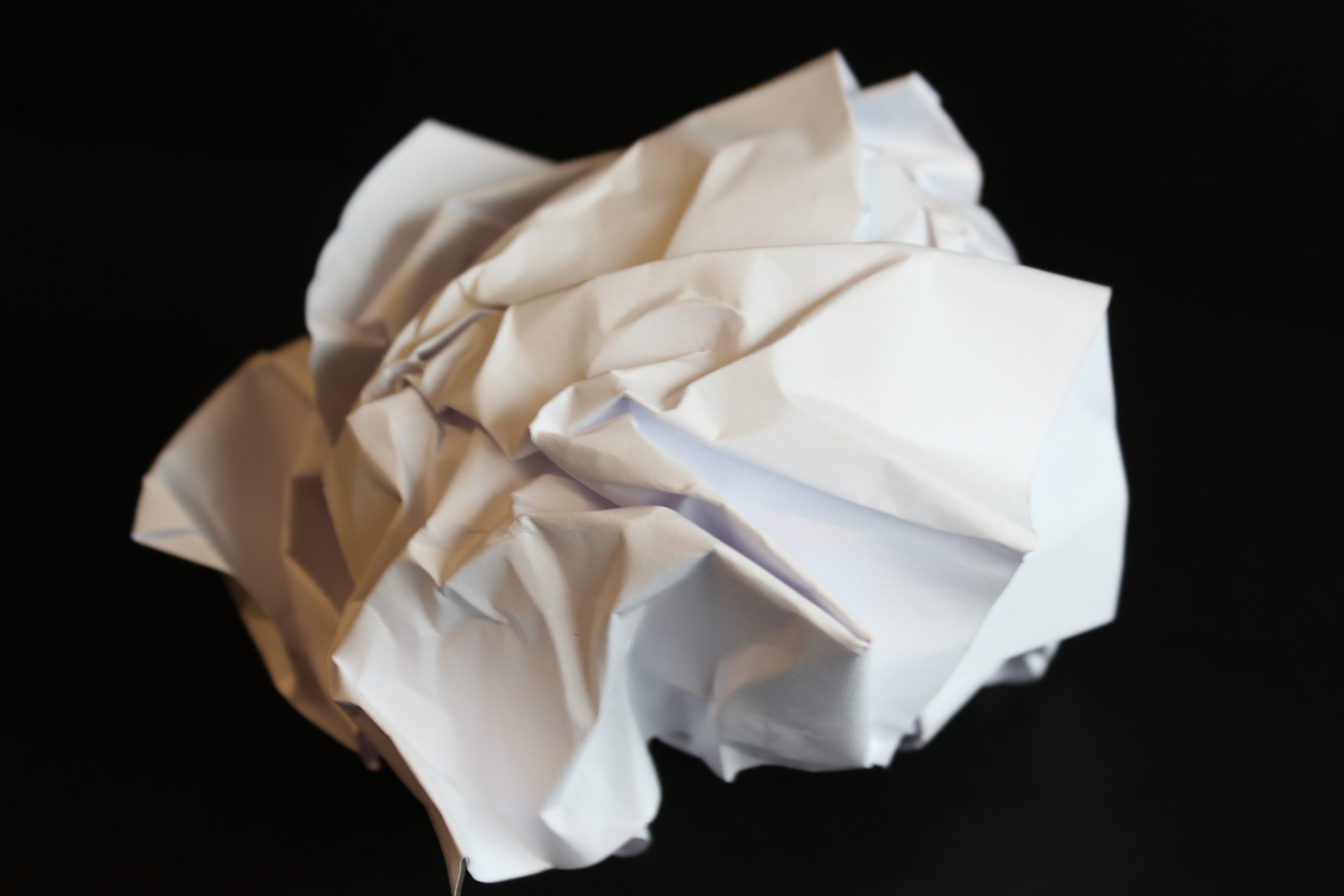Exhibition Critique

The Claude Cahun and Clare Rae exhibition was very inspiring and interesting to visit. There were two rooms that made up this exhibition, one containing each photographers work. I think that was a very good way of displaying the images as it meant that each photographers work was separated and couldn’t be confused. By displaying the images in separate rooms, it also allows visitors to clearly see in influence of Cahun in Rae’s work.
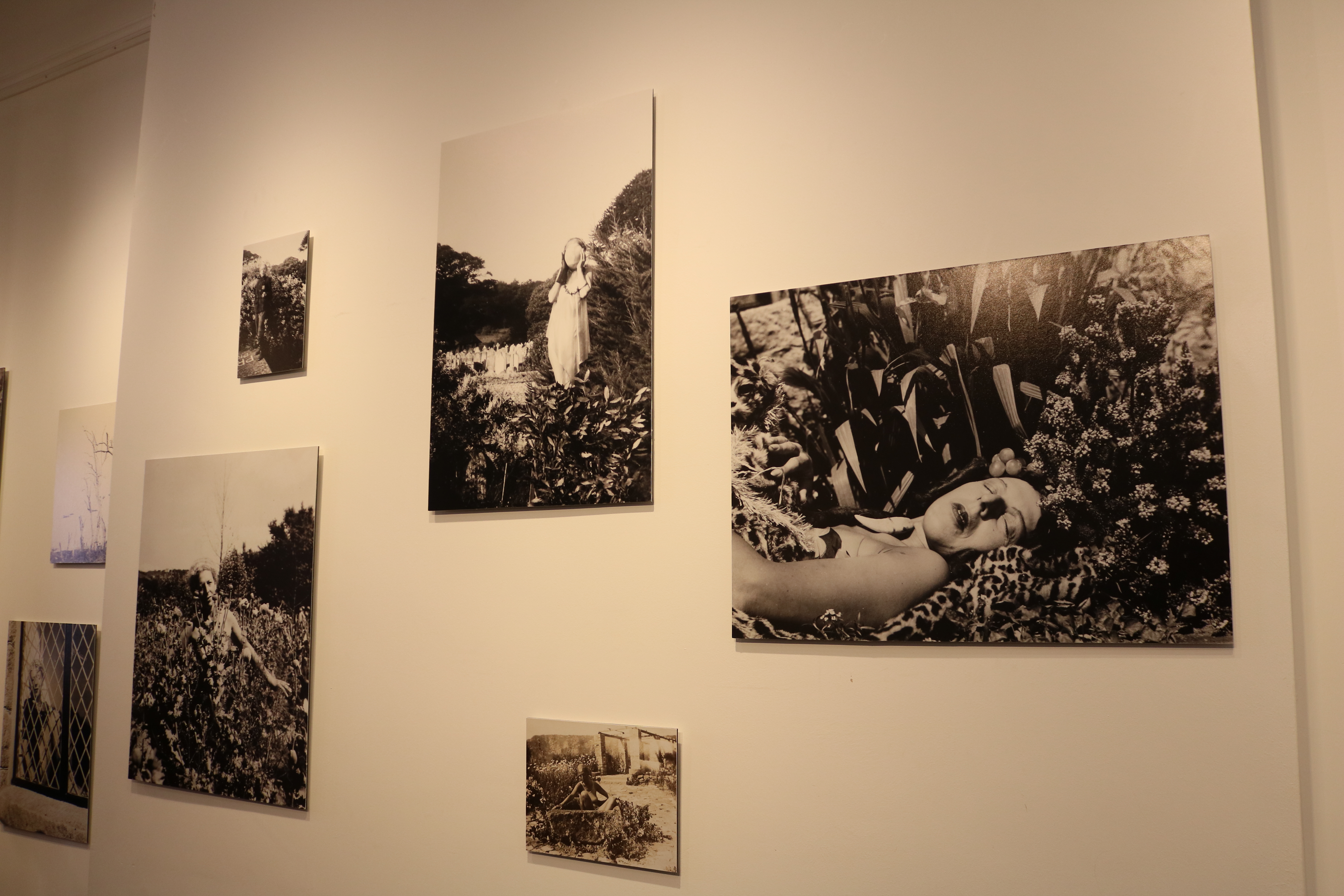
Cahun took many self portraits that are considered very advanced for her time. Her images show her challenging gender stereotypes by sometimes presenting herself as a “typical” male, or by wearing so much makeup that it was difficult to tell which gender she was. She also explored her body and sexuality in many of her self portraits by posing herself in different manors. I thought that her work was very inspiring because it must have taken a lot of bravery and confidence to be able to take those types of images during very conservative times, when people weren’t accepting of things that weren’t considered “normal”.

I also really liked Rae’s work in the exhibit. I could clearly see elements of Cahun’s work included in Rae’s images. For example, the use of black and white filters on all her images to make them look old and vintage like the self portraits Claude took. Rae also took self portraits in which she used her body to interact with Jersey’s local environment. I loved how Rae’s work shows some similarities from Cahun’s, but instead she uses more modern day, sterile environments like offices and archives. I think this is really successful as the change of environments reflects the change of times from each era the artist worked during.
Claude Cahun’s images
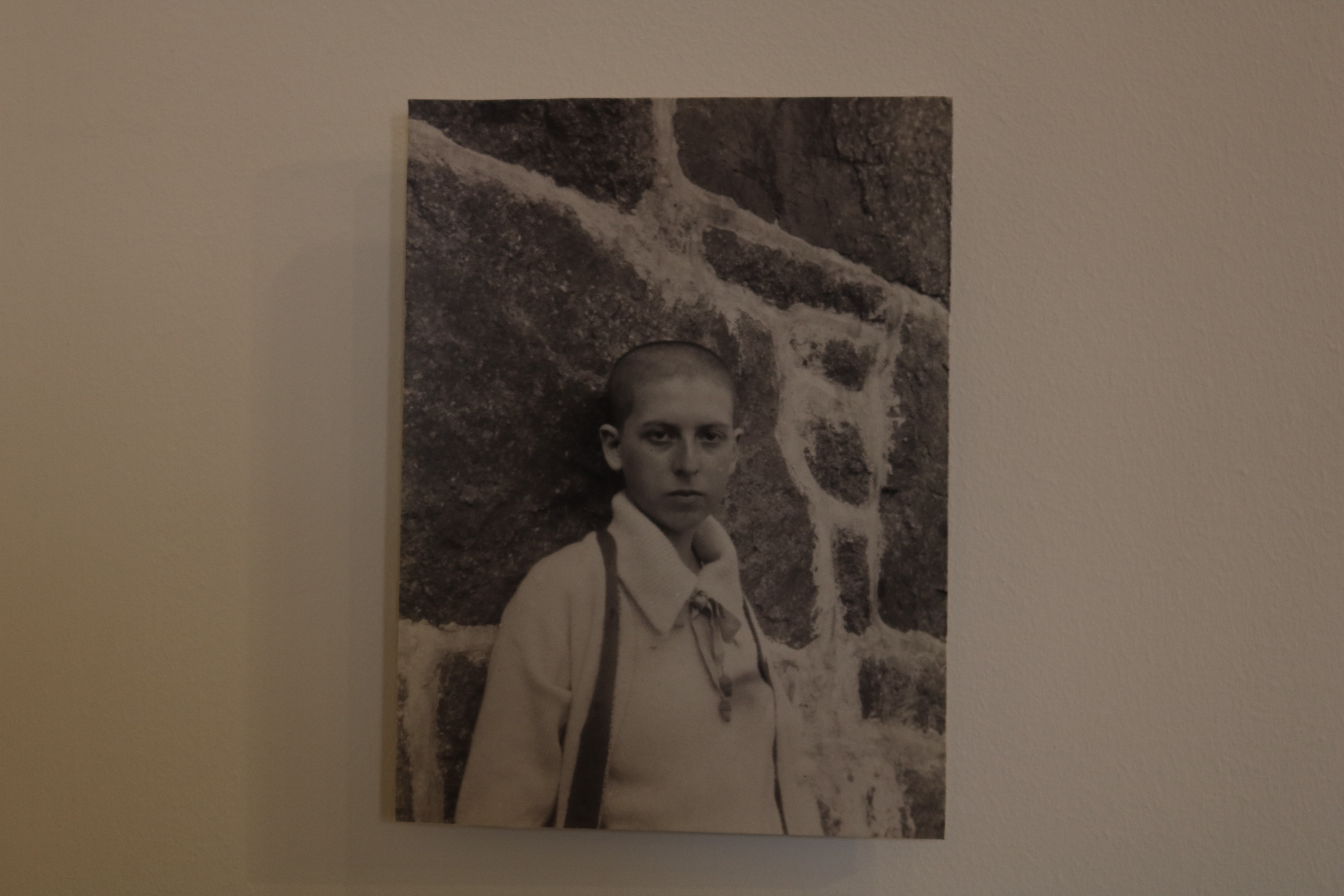
This is one of my favorite images seen in the exhibit. It was taken in 1916, and in this image we an see a self portrait of Cahun herself leaning against a granite background, while staring into the camera with a monotone facial expression.
I really like the concept of this image a lot. This is because in the image she has her head shaved, which was very unusual for women during this era. I think this image is very powerful because it shows Cahun attempting to break gender stereotypes. This shows how far ahead of her time Cahun actually was.
The technical elements of this image are also very interesting. I like the lighting in it a lot as it means that everything in the image is clear view, and it is also in focus.

This is another on of Claude’s images. similar to the last one, it shows herself exploring her body and her identity. This image shows Cahun posed naked, with her arms also posed in a particular way while also wearing a mask.
A reason I really like this image is because again, like the last photo, it is really ahead of its time and not typical of the time it was taken in. I also really like all the tones and shading in the Picture, caused by the natural lighting.
Clare Rae’s work

This is a an image of Rae’s that stood out to me. I like this image because you can clearly see where she has been influenced by Cahun, in the filter and in the way she poses herself in the image also. But I also like the way she has made this image fit into 21st century life. The way she has modernized the image while still taken inspiration from a past photographer makes the image very appealing to a modern day audience. The way she has done this is by posing her body of a busy office table. I also like the way the background is purposefully messy as I think this could represent how busy and complicated modern day life can be.

This image taken by Rae is slightly more simple. I contains no extremely posed body language compared to the previous image, as instead of being lent over a table she is comfortable sitting on a window frame with her legs together, and her had supporting her body behind her. This image is very interesting to due to many aspects. The lighting of this image is very interesting and complements the vibe of the photo. I like the way the light is only coming in from behind her as it means the part of her body facing the camera is slightly darker and less visible. I think this helps add a sense of mystery to the photo. I also like how the lack of light in the image means that the photograph contains a lot of darker tones, which highly contrast the light tones coming from where we do see the light by the window.
More images of the exhibition

